The human imagination is a unique thing in Nature. It allows us to take the experiences of our lives (the good with the bad) and express them in ways beyond the literal. C.S. Lewis used his intense religious faith to create a seven book long Christian allegory in The Chronicles of Narnia series. Hunter S. Thompson’s Fear and Loathing in Las Vegas uses Raoul Duke’s hallucinogenic waking nightmare sequences to help the author come to terms with both the end of 1960’s idealism and the drug fueled eccentricity that would come to define his literary persona. J.R.R. Tolkien used the trauma of his experience in World War I to craft an entire world complete with myths, history, and even full-on languages in his The Lord of the Rings Trilogy. These works all speak to the inner workings of those writing them, and while the specifics of their experiences may have been unique to them, the traumas they went through are things generations of humans have been dealing with.
Of all genres of entertainment, horror most directly deals with trauma. Those parts of life are inescapable. Every person experiences loss, witnesses death, and feels fear. For better or worse, these traumatic experiences shape what makes things scary for us. Best case scenario: childhood fears of spiders or the neighbor’s poorly trained dogs can lead to The Fly and American Werewolf in London tapping into some primal, buried fear deep in your soul. Worst case scenario: a bad experience in a bat filled cave leads you to spend your adult life running around in bat-themed underwear assaulting party clowns (editor’s note: This should only sound cool if you’re Bruce Wayne, and that dude is a complete nutcase. Please refer to literally any Batman comic for evidence).
Part one of this article series focused on the supernatural scares that potentially exist beyond the veil of reality we can perceive. Vampires, eldritch gods, and all other manner of potentially unknowable horrors have played their part in terrorizing people around campfires everywhere from the caves in Lascaux to Camp Crystal Lake. The sheer inhuman otherness of vampires, demons, vengeful ghosts, and sentient computers makes us jump at their presence in fiction. Many times however, this fear is safe. Limited to quick shocks and jumps when fangs extend or gallons of fake blood are flung across the walls. We’re snug in the knowledge that though the monsters on screen are scary, the silver bullet for all of them is that they don’t actually exist.
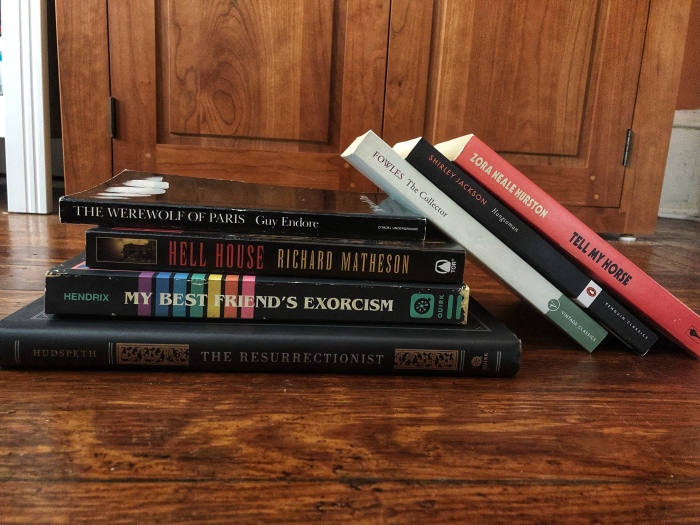
The monsters you are about to encounter don’t come with such restraints. Fictional though they may be, monsters like them have walked this Earth before and will do so again. Waiting in the wings are serial killers, psychopaths, and all other forms Man can be twisted into to become a monster. More real still are the very real trauma these monsters bring to life for the reader: violence both physical and emotional, mental illness, sexual predation. This article exchanges inhuman evil for evil that is very much human. If, that sort of horror is your bag, then strap the Hell in. These things that go bump in the night could very easily wind up bumping YOU off some still October night.
1. Demons: My Best Friend’s Exorcism by Grady Hendrix
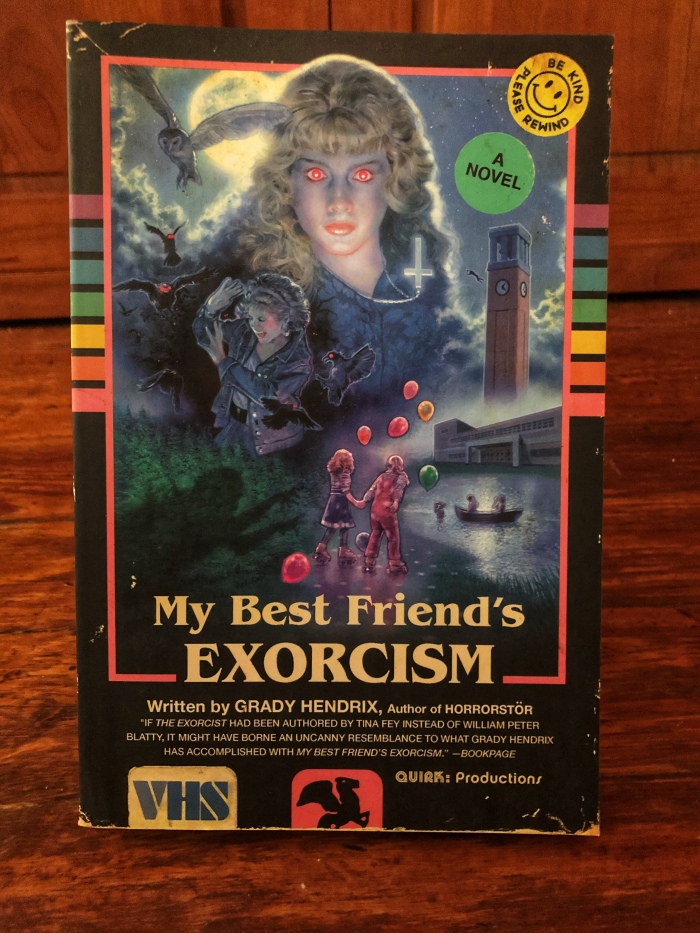
So, I may have lied a little bit in the introduction. My first pick on this list is actually a supernatural horror book based around the premise of demonic possession. Though the possession in this particular book is SUPER real, movies and films in this vein, especially more modern examples, do a really good job of casting doubt on whether demonic possessions are real or just in the afflicted person’s head. This book does an admirable job of that, assuming you don’t look too hard at the cover.
This book is set in the late 1980’s and reads like a John Hughes movie got mugged in an alley by The Exorcist. The central characters are two best friends whose relationship takes a turn for the weird when one’s behavior starts to change once they enter high school. In our daylight world, this would be attributed to the process of self-discovery that comes with puberty and trying to survive high school. In this book, the change is more of a result of the Devil’s machinations, with all the appropriate 80’s gore and supernatural hi-jinks you’d expect from a good supernatural slasher flick.
This book gets a lot of it’s strength from nostalgia. The emotional journey of the two main characters will be familiar to any person who had arguments with friends in high school who changed their behavior to try and “fit in.” Though largely low stakes, adolescence can be scary as hell for the average kid, and the uncertainty of being a teenager is covered in a satisfying and empathetic way. The book is also saturated with references to 80’s popular culture, which has come back in style as a result of films like It and the show Stranger Things. There’s also enough splatter, black humor and general demonic nonsense within to bring to mind your favorite 80’s horror flick.
For fans of: It (the remake), Stand By Me, The Body by Stephen King (the novelization of Stand By Me), Stranger Things, Sleepaway Camp, Buffy the Vampire Slayer, The Exorcist, and Friday the !3th
2. Haunted Houses: Hell House by Richard Matheson
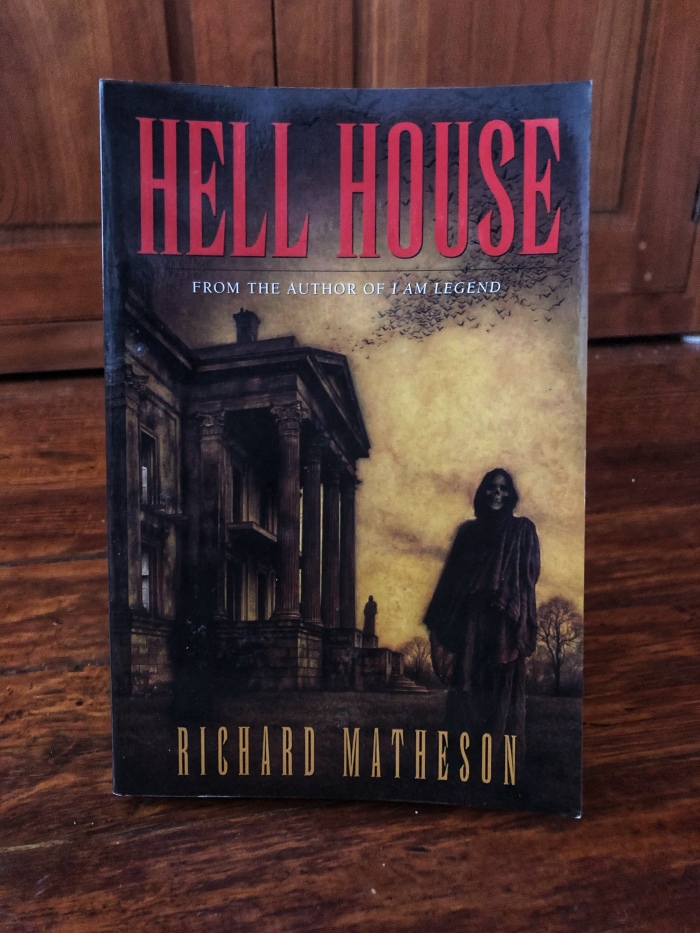
On the surface, this book is your garden variety haunted house story. Paranormal researchers enter a house, stereotypical ghost activities occur, people wind up dead. What sets this book apart is that it’s author is one of the best horror writers you’re ever likely to encounter. Richard Matheson is most famous for his vampire novel I Am Legend, a work that’s horrifying, unique and most importantly, excellently written. You’ve likely seen some adaption of this book in the form of either the excellent The Omega Man starring Charlton Heston, the surprisingly creepy black and white classic The Last Man on Earth starring Vincent Price, or the steaming pile of dead dogs and disappoint that is I Am Legend starring Will Smith.
This book does a better job than most in fleshing out the characters within the house. Their psychological failings and quirks are on full display, leaving them as ready victims for the novel’s most interesting character, the house itself. The house is a presence that is always dimly felt by the other characters, an oppressive miasma that chips away that sanity slowly and expertly, rather than through large scale scares. This book is an awesome mixture of psychological and supernatural horror, and written by one of the genre’s unsung masters.
For fans of: The House on Haunted Hill (film), The Haunting of Hill House by Shirley Jackson, The Conjuring (film), The Amityville Horror (book and film), Resident Evil (the first game), The Shining (both book and film).
3. Mental Breakdowns: Hangsaman by Shirley Jackson

This book is upsetting. It’s so well written that one can’t help but be enthralled by it, but dear lord is it unpleasant to read. Hangsaman tells the story of a socially isolated young woman attending a small, rural New England liberal-arts college that is slowly tortured to the brink of insanity not by a stalker or madman, but by the society in which she lives. Throughout this book, she is forced to deal with parental neglect, social isolation, and sexual assault, described in a writing style as beautiful as its story is unsettling. Its aesthetic is Gothic, its characters grotesque, its horror almost too life-like to be enjoyable. It’s not exactly supernatural, but the line between reality and hallucinations brought on by slow mental collapse becomes harder to discern as the novel goes on.
The horror of this novel has had new life injected into it in light of recent political events in the US. The casual brutality with which the novel’s main character is physically and mentally beaten down will find uncomfortable timeliness in a society where a mostly male Supreme Court decides on reproductive rights for women, and its leader mocks the victims of sexual violence. This novel is reminiscent of any horror film where a female protagonist is beaten to Hell and back, but the realism with which it is presented should rattle the soul of all but the most un-dateable Men’s Rights Activists. If you want to read a story that’s scary in an all too real-life way, pick this up.
The novel’s author, Shirley Jackson, is a genius. Hands down. Her entire bibliography could have found spots in this article through the sheer terror of her stories and the brilliance of her writing. This book is far from her most famous work, that honor belonging to a mix of The Haunting of Hill House, We Have Always Lived in the Castle, and the short story The Lottery, but Jackson’s most minor work towers over most other examples of horror fiction in terms of intellectual complexity and technical excellence. Read this book, then read everything else she ever wrote. You’re welcome.
For fans of: The Duke of Burgundy (film), Fatal Attraction (film), Rebecca by Daphne du Maurier, Alias Grace by Margaret Atwood, The Handmaid’s Tale by Margaret Atwood, The Lottery by Shirley Jackson, The Turn of the Screw by Henry James
4. Serial Killers: The Werewolf of Paris by Guy Endore
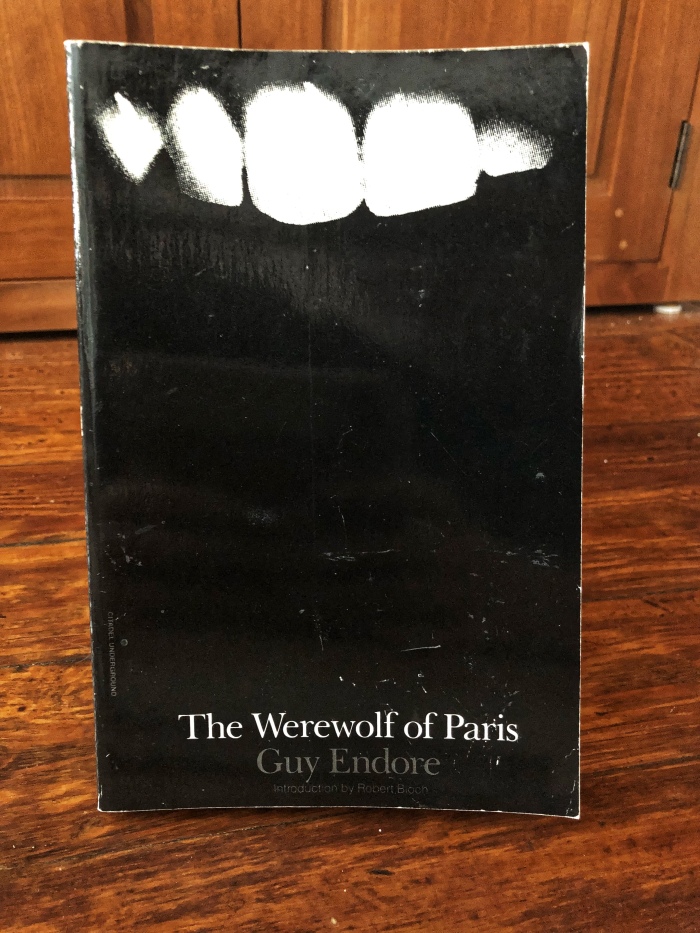
This is an interesting one. It’s part serial killer story, part honest to goodness werewolf yarn. Taking place in Paris during the late 1860’s and early 1870’s, the novel is at times also a political thriller where the Franco-Prussian War and political street fighting between royalist reactionaries and radical socialists leads to violence more horrifying than what some lone (were)wolf can rain down on unsuspecting Parisian victims.
This novel does both the serial killer and werewolf stories right. It’s main character, the aforementioned werewolf, isn’t a good man that futilely battles an uncontrollable curse every full moon. This guy has all creepy sexual and violent urges of any well written TV maniac and they’re not separated from him by his wolf persona. He does a lot of messed up stuff both as a wolf and as a man, and the reader gets the feeling both are at least partially enjoying all the blood. In this book, man and wolf are the same, the wolf is just an amplified version of what lays deep down in every “civilized” person. Each one of us has a wolf within us, all that’s needed is a few missed meals for the claws to come out in the middle of small-town Main Street.
For fans of: The Howling, American Werewolf in London, Cycle of the Werewolf by Stephen King, Ginger Snaps
5. Dangerous Obsessions: The Collector by John Fowles
Everyone knows somebody who had an unhealthy obsession with another person. Your friend in college that was way too hung up on a female friend, the high school teammate that had a hard time getting over his first break-up, the family member that had violent fantasies of pushing the woman her husband left her for in front of a train. These scenarios are all too banal to be truly horrifying, but the potential for violence is there. Without parents to teach us about relationships, friends or a family to support us, even an acquaintance to talk to, a romantic obsession combined with social isolation can all too easily lead to someone winding up dead.
This book plays out that exact scenario. A lonely, socially inept, butterfly collecting young man becomes obsessed with a local college co-ed and unable to talk to her, resolves to kidnap her in order to preserve her forever, not un-like the specimens in his creepy-ass bug collection.
This book is more unsettling than it is outright scary, but it’s nonetheless a thrilling read. Equal narrative time is given to the point of view of both the mentally unstable kidnapper and the Shakespeare quoting woman he’s trying to force to love him. The relationship the two develop is equal parts creepy and weirdly chivalrous on the kidnapper’s end (aside from the fact that he’s locked a woman in his basement, of course). Oftentimes you don’t know whether to feel bad for this guy or audibly scream “Goddamn!” as the true level of his craziness is revealed.
We live in a world where social isolation is increasing. Online communication is proving to be both an inadequate and mean-spirited substitute for real social interaction. More and more young people in the coming years will grow up with this social isolation as a normal part of their lives. This book serves as a warning to what disaffected young people can do if left out in the cold for too long. A kind word or sympathetic ear might be all it takes to prevent someone like this book’s main character from stuffing the local frozen banana stand cashier into the trunk of his Corolla.
For fans of: The Bone Collector (film), Room by Emma Donoghue, Oldboy (the Korean original), Bel Canto by Ann Patchett, Misery by Stephen King
6. Mad Science: The Ressurectionist: The Lost Work of Dr. Spencer Black by E.B. Hudspeth
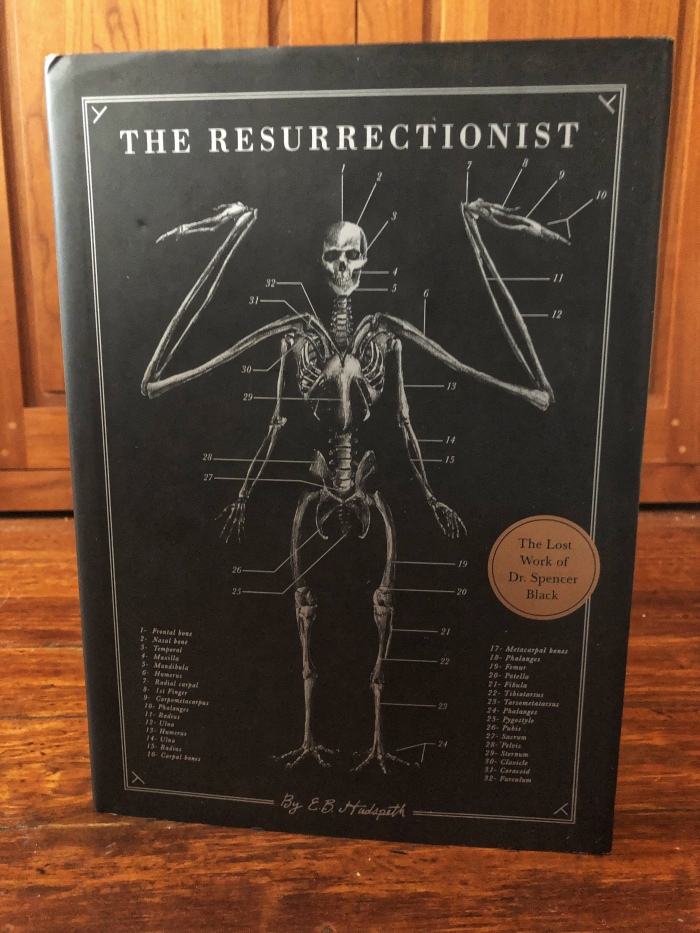
This book is probably the most unique fictional work in either of the two articles in this series. It’s typical mad science fair. A brilliant young man discovers some secret about the natural world, and is eventually undone by the consequences of his discovery. H.P. Lovecraft wrote the granddaddy of this style of story with his excellent (but racist with a capital R, A, C, I, S and T) Herbert West: Reanimator and this story follows Lovecraft almost beat for beat. The story is novella length, but the second half of the book is what makes this a truly unique piece of fiction.
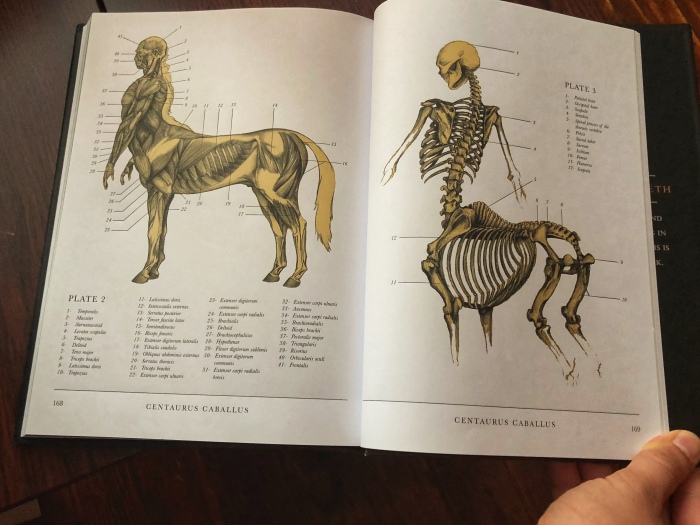
The story deals with a man who believes that pretty much all mythological creatures from global folklore not only existed, but are evolutionary ancestors of humans. After the story is done, an illustrated taxonomy is included of a variety of mythical creatures, complete with anatomical sketches straight out of Harry Potter’s copy of Grey’s Anatomy. The story in the first half of this book is good, but the second part truly rips.
For fans of: Herbert West: Reanimator by H. P. Lovecraft, Re-Animator (the film), The Fly (film), The Human Centipede, Frankenstein by Mary Shelley, Crash, by J.G. Ballard, The Island of Dr. Moreau by H.G. Wells, The Strange Case of Doctor Jekyll and Mr. Hyde by Robert Louis Stevenson
7. *Bonus* Zombies: Tell My Horse by Zora Neale Hurston
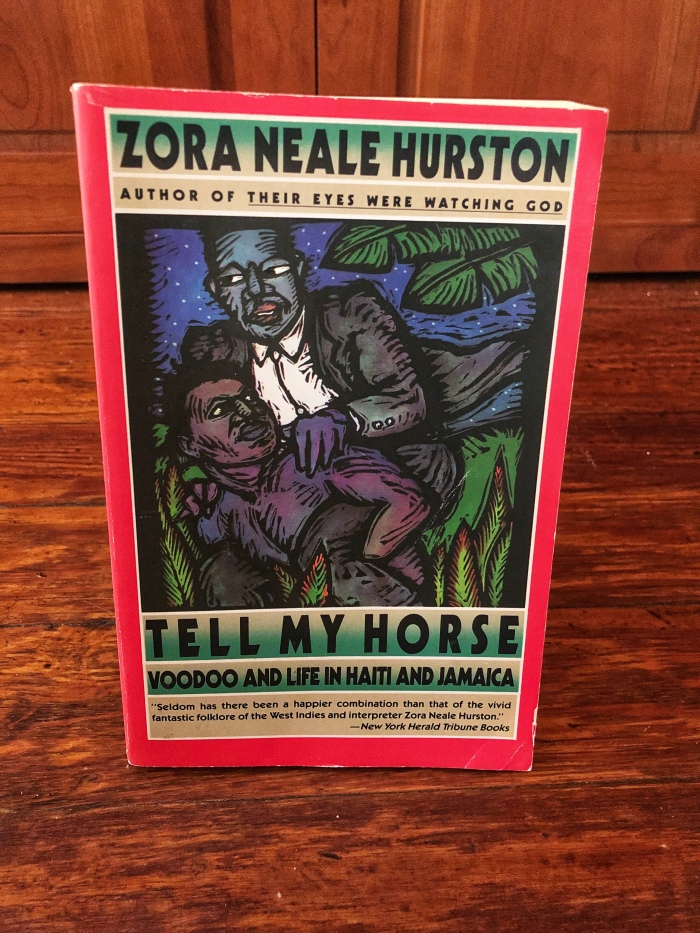
I’ve found very few works of zombie fiction I’ve actually liked (George A. Romero’s movies and Army of Darkness aside) so admittedly, my knowledge of the Zombie genre is kind of thin. This book however, caught and held my interest in no small part because it’s a work of nonfiction. Zora Neale Hurston, writer of the brilliant Their Eyes Were Watching God, actually traveled to Jamaica in the 1930’s to study the voodoo rituals of the people that lived there. Hurston brought her writing skill to this nonfiction work and caps it off with a description of an honest to goodness resurrection of a man as a voodoo “zombie.” This book is all the crazier because it’s real.
For fans of: The Walking Dead, Army of Darkness, George A. Romero movies, The Zombie Survival Guide by Max Brooks, Hocus Pocus (the film), The Santa Clarita Diet (Netflix series)
8. *Bonus Part 2* Comics: Nailbiter by Joshua Williamson and Mike Henderson
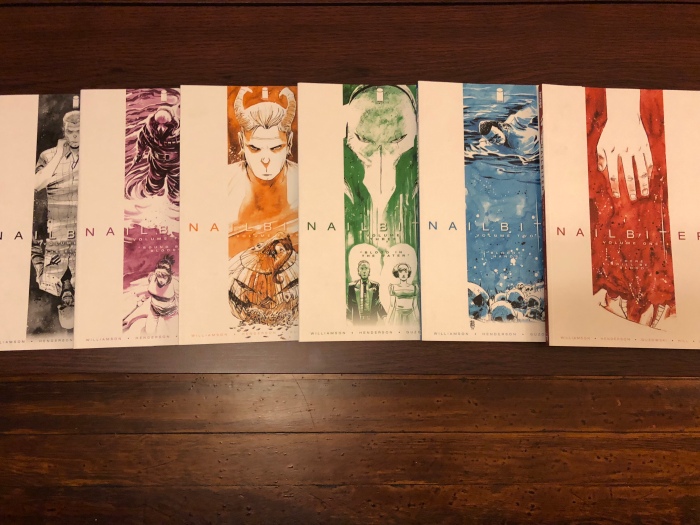
In season one of True Detective, the character Rust Cole as played by Matthew McConaughey gives an awesome speech about the need for “bad men” in society. In his own words: “The world needs bad men, we keep the other bad men from the door.” The comic series Nailbiter takes this idea to heart with its blood drenched story of a small Oregon town by the name of Buckaroo that produces the highest recorded number of serial killers in American history. The latest of these “Buckaroo Butchers,” a man named Edward Charles Warren is co-opted by local law enforcement to help solve the case of a missing FBI agent and the emergence of the latest in a long line of fellow “Buckaroo Butchers.” Warren, a multiple murderer nicknamed “The Nailbiter” after his tendency of eating his victims’ fingers, and NSA spook/torture expert Nicholas Finch form a perverse buddy cop duo that crack jokes at each other as the bodies pile up to the point that the blood is basically raining from the ceiling. They’re kind of like the guys in Lethal Weapon, if that movie was written by Norman Bates.
This comic series takes to murder and gore with abandon, taking glee in the violence that fills the small town of Buckaroo, Oregon. Beyond the gore, there’s a compelling mystery element that stays entertaining throughout the series’ 30 issue run. At the core of the story is the issue of whether evil is something your born with, or something that’s forced into you by the world you live in. Is Buckaroo cursed? Are greater forces at play? Does nature or nurture make you a monster? The characters of Nailbiter are all too ready to wade through a sea of blood to give you the answers.
For fans of: Dexter, The Punisher (Netflix series), Suicide Squad (film), Psycho by Robert Bloch, The Silence of the Lambs, Hannibal (TV series), Night of the Hunter (film),
Thus ends part two. We hope you enjoyed our collection of scary stories which are not only worth reading during this Halloween season but any time of the year when you are in the mood for a good scare.
-Jeff
P.S.: If you are interested in seeing the list of all of our blog posts please click here
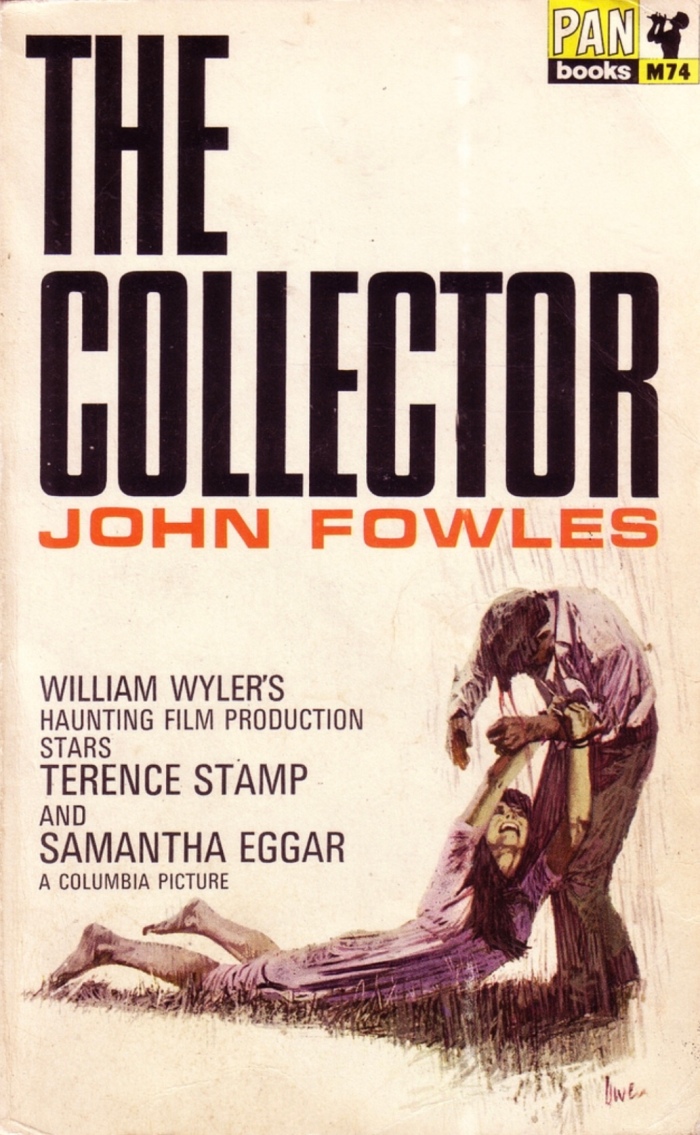
Wow – great post! I never thought about the connection between horror genre and trauma – that is so true! The Ressurectionist: The Lost Work of Dr. Spencer Black looks fascinating (and super creepy!)
LikeLiked by 1 person
We are am glad you enjoyed it! I really liked that book, if you can would highly recommend grabbing a copy. The illustrations inside are insane!
LikeLiked by 1 person
I definitely have to get my hands on some of these 😀
LikeLiked by 1 person
You definitely should! They are all such great reads! Thanks so much for reading our post 🙂
LikeLiked by 1 person